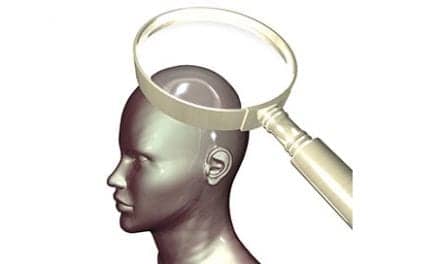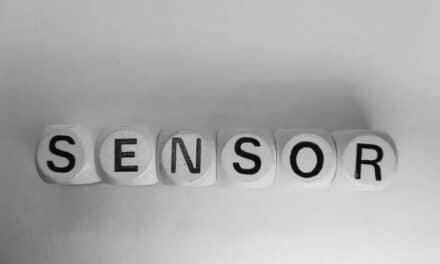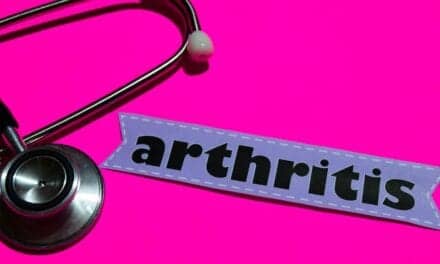Structural changes occur in the brains of patients who underwent ACL reconstruction. These changes hinder recovery and may contribute to performance deficits and re-injury, according to new research from the University of Michigan (U-M) School of Kinesiology.
In the study, published in NeuroImage: Clinical, co-author Lindsey Lepley, U-M assistant professor of athletic training, and colleague Adam Lepley, clinical assistant professor of athletic training, took MRI brain scans of 10 ACL-reconstructed patients. The scans showed that part of the corticospinal tract — the pathway that scuttles messages from brain to muscles — had atrophied in the patients.
The corticospinal tract runs from front to back through both hemispheres of the brain. The side of the tract that controls the ACL-reconstructed knee was about 15% smaller than on the uninjured side.
The altered corticospinal tract acts as a traffic tunnel that narrows, letting fewer cars pass through, they say. In the ACL reconstructed patients, less information gets from the brain to the muscle because less information can travel along the smaller tract, they explain, in a media release from the University of Michigan.
“In essence, the brain not only alters the way it communicates with the rest of the body, joints, muscles, etc, but the structural makeup of the basic building blocks of the brain are also changed after ACL injury,” Lepley says, in the release.
“We think that this is a protective mechanism, in which our body is trying to limit unwanted movement around a joint injury … and can be applied to not just ACL injuries, but other musculoskeletal injuries as well.”
Another recent study suggests that downstream neural activity in the quadriceps is impaired during sport-like movements after ACL surgery, which suggests that poor brain structure and communication can lead to reduced functioning, they add
The bottom line for patients and clinicians is that a knee injury is not just about knees — other areas, like the brain structure, are negatively impacted, too, the team concludes.
“It means that during treatment, a systemic approach should be taken not just to improve range of motion or swelling at the injured joint, but also consider other impairments like poor movement patterns and muscle activation in order to get better outcomes,” Lepley advises.
“There is evidence of using visual retraining, different motor learning modalities like external focus of attention and biofeedback, which can help ‘rewire’ the brain to help the body adapt to a new normal,” she adds.
[Source(s): University of Michigan, EurekAlert]





